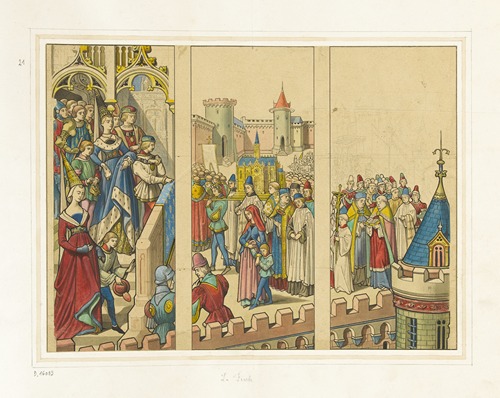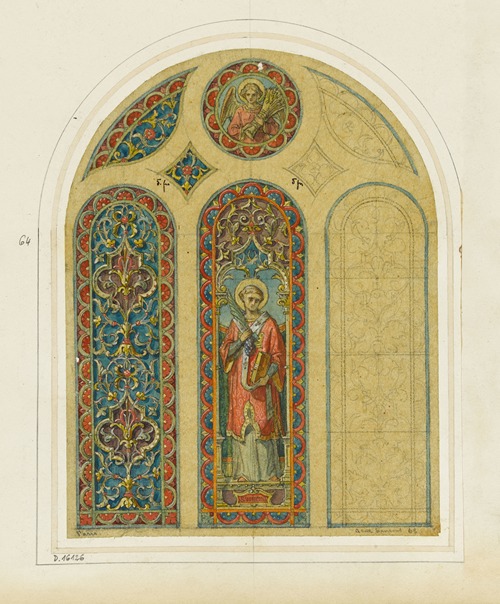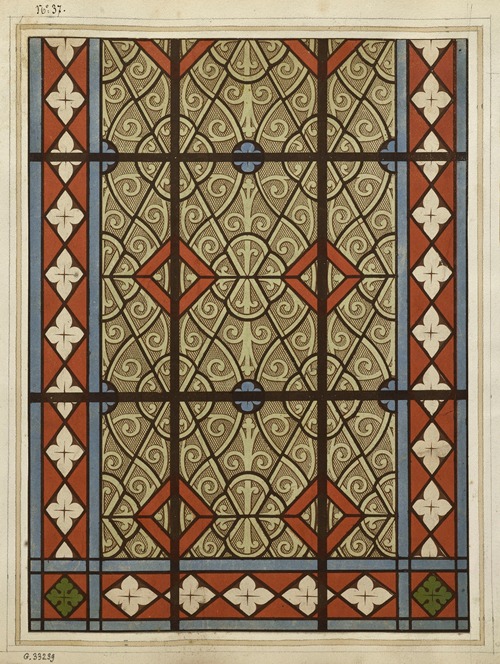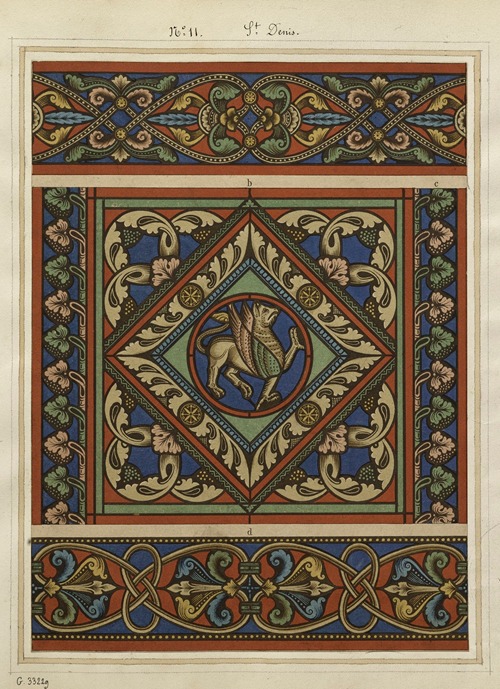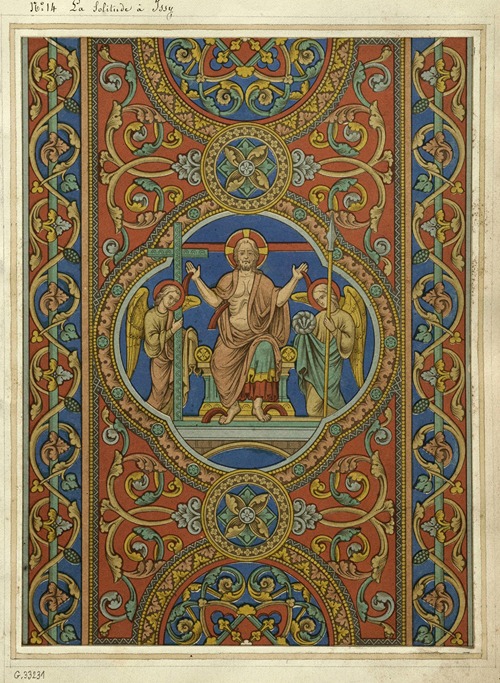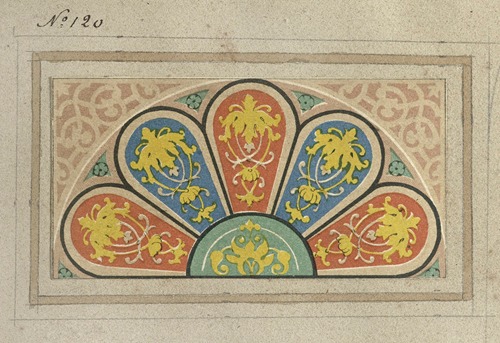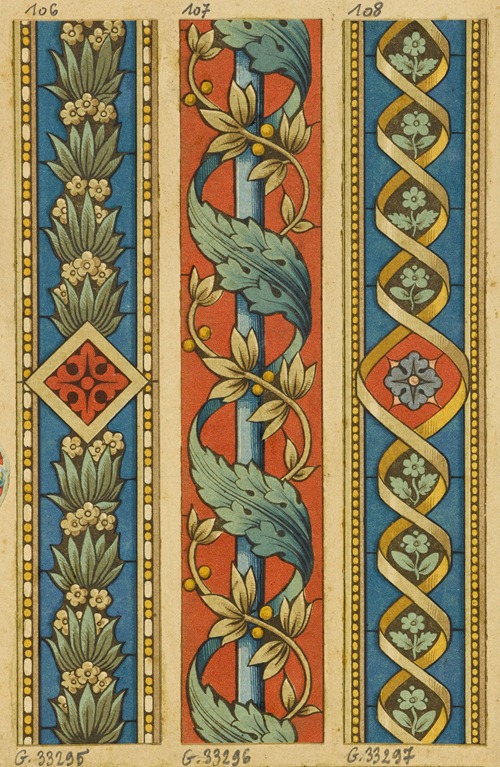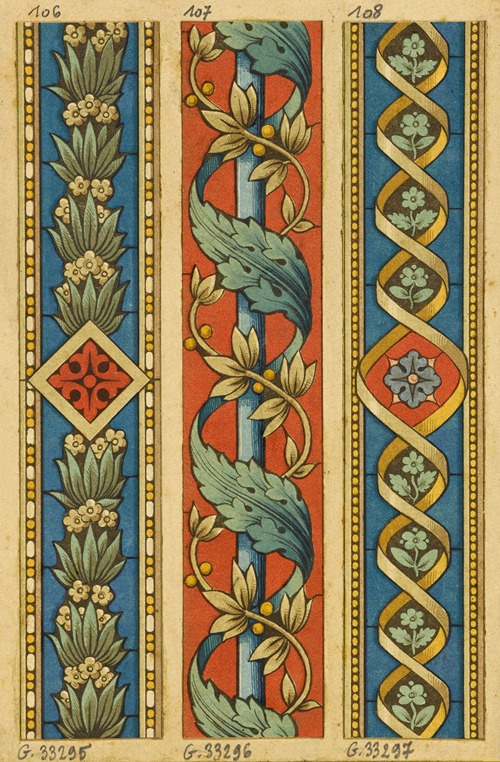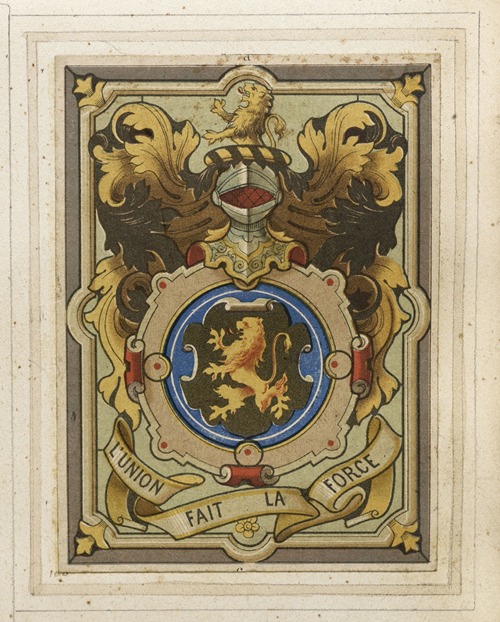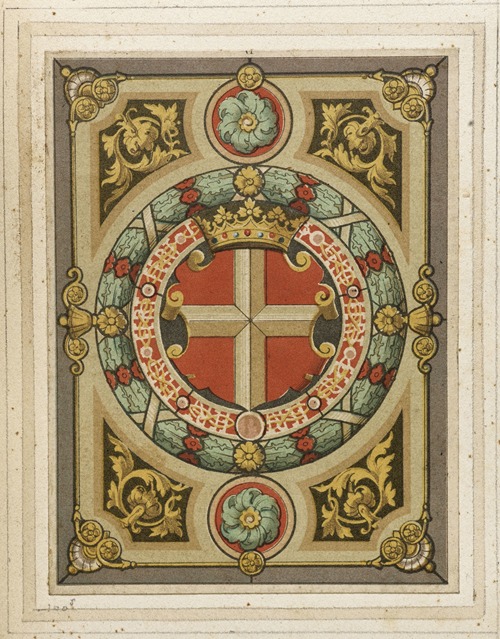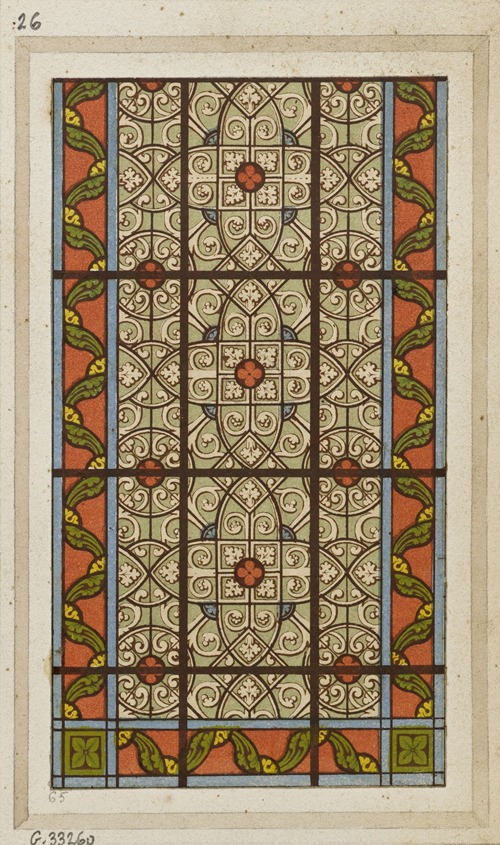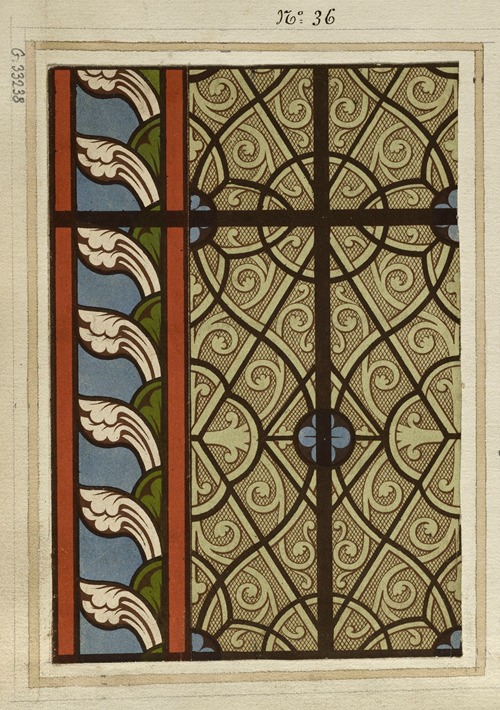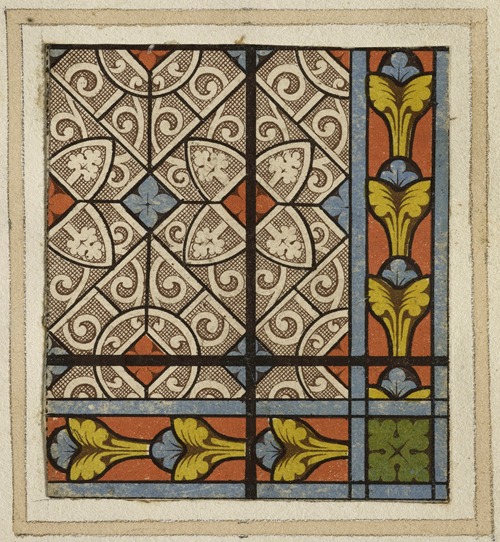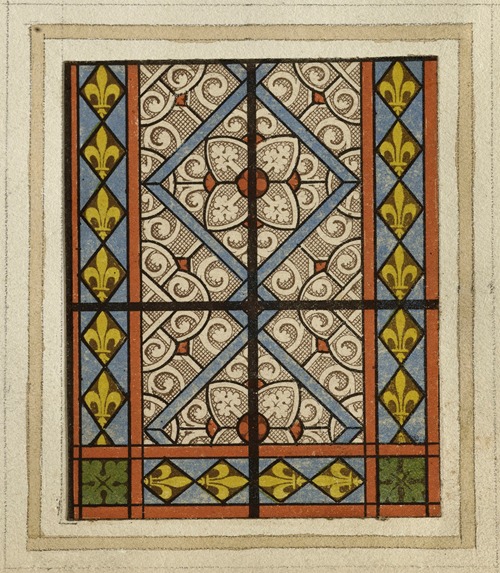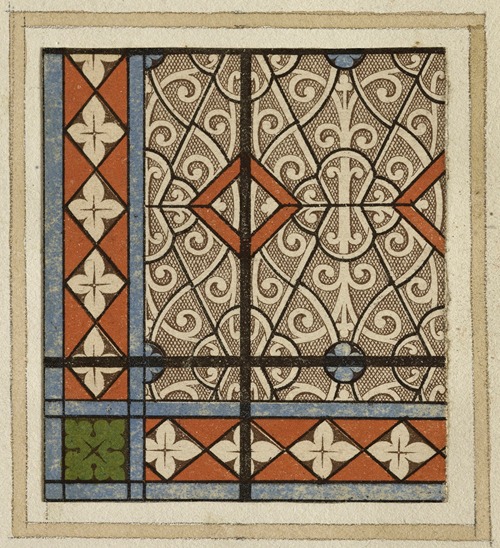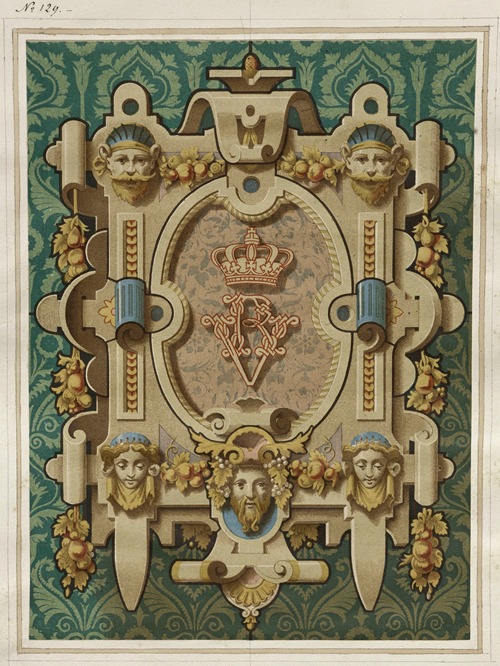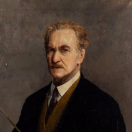

Laurent Gsell
French painter Lucien Laurent Gsell was a student of Caspar Gsell (his father) and Cabanel at the School of Fine Arts in Paris. Besides a painter, he was a contributor to the picture story prints of the Imagerie Quantin (a.o. 'L'Enfance de Gargantua'). He was the son of Gaspard Gsell and Caroline Adèle Laurent, daughter of Émile Laurent. He associated his mother's name with his father's name. He exhibited at the Salon of the Society of French Artists in 1880, and participated in the Universal Exhibition of 1889. In 1909, he moved to the National Society of Fine Arts.
He was the nephew of Louis Pasteur, and painted various scenes representing the work of the Pasteur Institute. He mixed with Max Jacob, Guillaume Apollinaire, Douanier Rousseau and most Impressionists and Post-Impressionists. He painted both the elegant of good Parisian society, and the popular balls or carnivals. He left paintings of his many travels, describing the Nièvre, the Creuse, the Riviera, the Azores, San Remo, and even Buenos Aires, where General Galliéni had sent him on a mission.
He was appointed painter of the Navy in 1911. He became famous for his genre scenes and colourful Impressionist-style landscapes; a great traveller, he painted in many provinces of France and especially the region of Dieppe and the country of Caux, as well as Provence and the Côte d'Azur, where he made views of ports and marines. He has also painted landscapes and scenes from North Africa, Mali, and Argentina.

